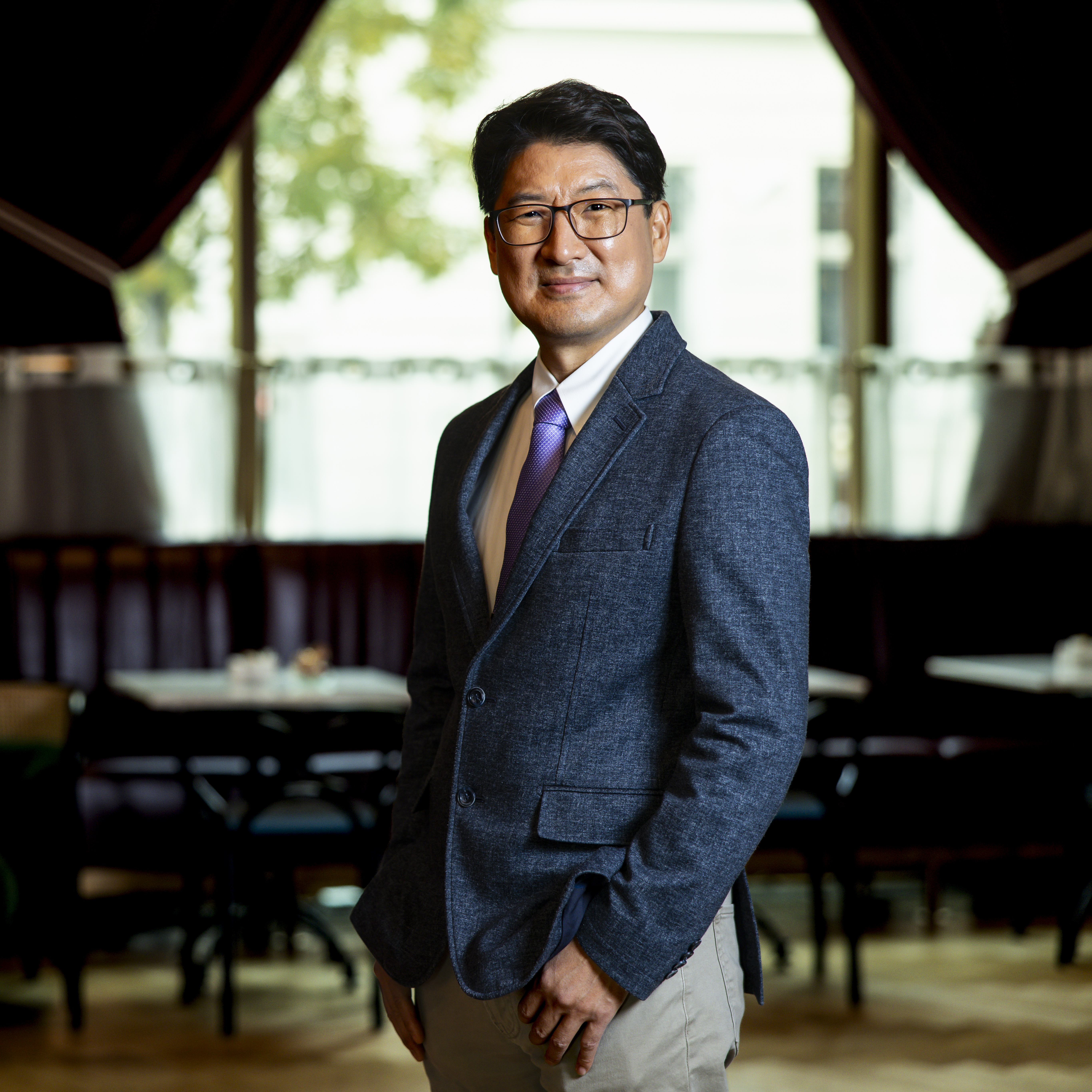
During your career, you have also been involved in Uruguay's education initiatives. What role does education play in the rise of the global South? What are the trends?
The potential of technology as a key equaliser in education is immense, particularly in empowering marginalised communities within developing regions. However, a significant challenge is the lack of access to technology and high-quality education in these areas. In the current era where digital tools dominate economic transactions, instilling digital literacy in young people is a vital role that educational programmes must fulfil. Through my official visits to various countries, including Uruguay to assess their national one laptop per child program, Rwanda for their national ICT plans, and Saudi Arabia for their national e-learning strategy, I've observed firsthand the varied implementation of national education technology strategies. Some nations are proactive and have seen early successes, while others lag behind due to insufficient teacher training and a lack of necessary educational transformation to complement technological integration. Education is undoubtedly a potent tool for fostering economic development and a sustainable future. However, it must effectively reflect current technological advancements and competencies, or else it risks preparing a generation for a wrong future.
What tendencies should we be prepared for in terms of the future of education?
While there are excellent education programs worldwide, many remain inaccessible or unaffordable for most learners. To build a better future, education models should emphasize inclusion, diversity, and equality, rather than fostering self-centred attitudes that could lead to societal conflicts. This involves enriching curriculums with diverse perspectives, dismantling barriers to quality education, and training educators to meet a variety of student needs. I advocate for promoting the 4Cs (critical thinking, creativity, communication, and collaboration) as essential future competencies, and believe adding compassion and commitment to understand and address the needs of marginalised communities makes it a more comprehensive 6Cs because education is not just to teach what, but why. The ultimate aim is to create a collaborative and equitable learning environment where every student is valued and supported, ensuring no one is left behind.
Key best practices include personalised learning tailored to each student, expert coaching to unlock individual potential, extensive digitalisation and automation, using technologies like AI to reduce educators' administrative work, and holistic education that fosters personal development and shared peace and prosperity in safe environments. Furthermore, nurturing a love for lifelong learning and self-regulation in students is essential. Moving away from teaching to standardised tests and instead focusing on individual coaching to maximise unique talents is crucial. These practices represent what future education systems should strive to incorporate in their framework.

What do you see as the secret of the success of China and East Asian countries in education?
First, East Asian countries have a long-standing cultural and historical respect for education and educators. Second, international conflicts and events in the 19th century taught them that embracing new methodologies and technological advancements benefits rapid industrial development. Third, this region tends to have a stronger sense of national pride and cohesion compared to other parts of the world. Fourth, many parents in the region have high aspirations for their children, hoping they will achieve what they themselves could not, contributing to the incredibly high spending on their child's education and intense competition. However, this intense competition has also led to some negative outcomes. Although education in these regions is certainly linked to economic growth, the excessive pressure associated with it can negatively impact the overall well-being and happiness of the children. The concept of students facing such immense pressure that they consider extreme measures like suicide over academic performance is a challenging notion for Western societies to understand. I hope that education in East Asian countries will evolve toward a more balanced approach, valuing learning and communal well-being alongside economic development, rather than focusing predominantly on financial success.
How can education contribute to strengthening connectivity in Eurasia?
Education in Eurasia has the potential to significantly enhance regional connectivity by adopting a comprehensive approach that incorporates various essential elements. Integrating global citizenship education into all K-16 (Kindergarten to college) curriculums is crucial, as it develops a sense of responsibility and interconnectedness among students, urging them to think beyond national borders and consider the global community. This is closely linked with understanding and addressing regional and local challenges through education that focuses on collective
real-world problem-solving, allowing students to tackle the most pressing issues affecting both their local and broader environments in the 21st century. A focus on diversity, equality, and inclusion is central to this approach, nurturing respect for the diverse cultures, languages, and traditions within Eurasia. Additionally, youth leadership development programs that emphasise freedoms like speech and privacy, while also fostering individual creativity and aspirations, are key to creating a sustainable environment for open dialogue, innovation, and personal growth. Furthermore, promoting collective entrepreneurship, aligned with the UN's Sustainable Development Goals (SDGs), not only drives sustainable economic development but also ensures the benefits of such growth support shared peace and prosperity in the region. This holistic educational approach can forge stronger, more meaningful connections throughout Eurasia, leading to a more stable and cooperative future.
The author is managing editor of Eurasia